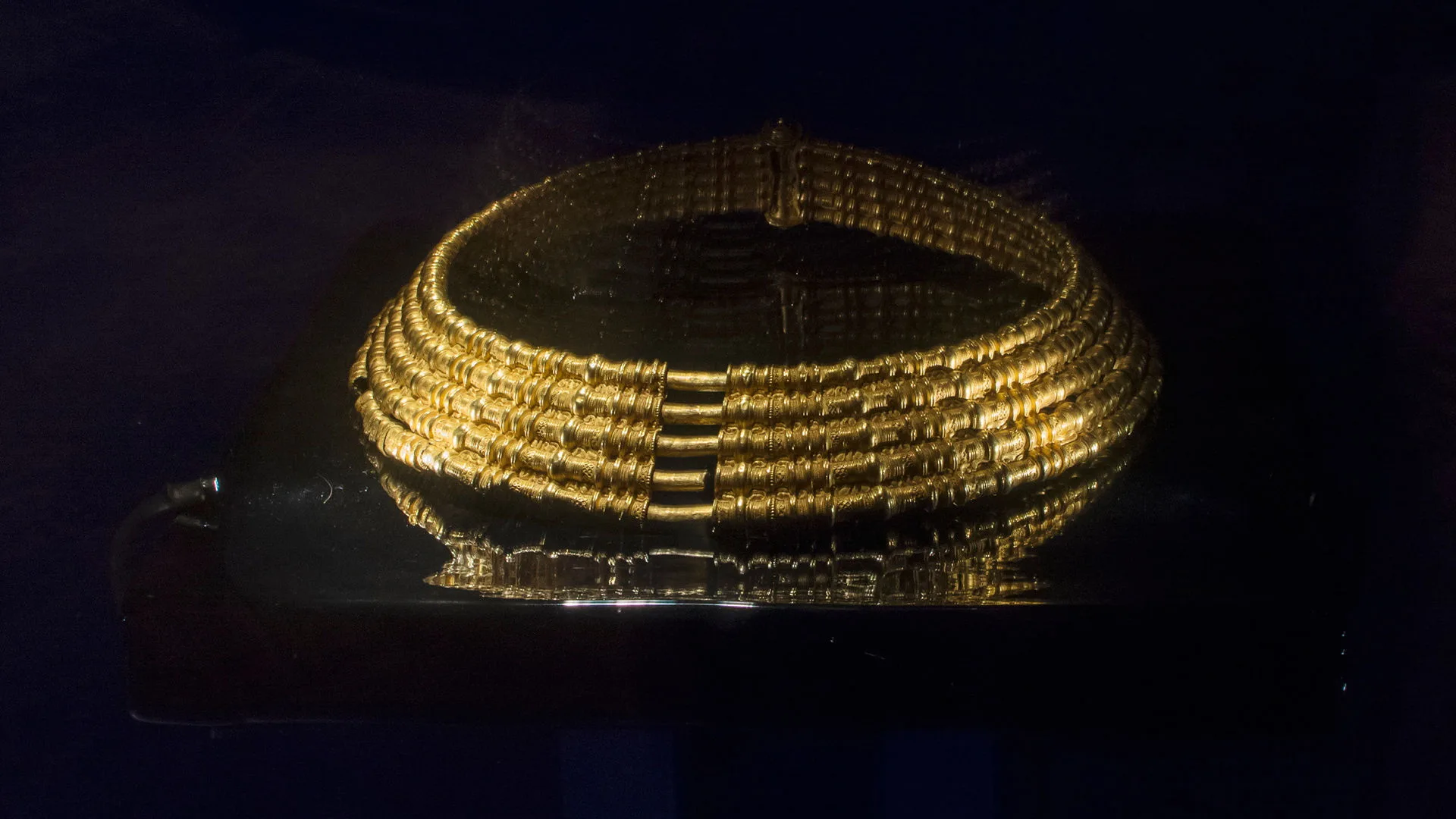Nordic Bronze Age axes
Stone Age
12,000 BC – 1700 BC
Bronze Age
1700 BC – 500 BC
Iron Age
500 BC – AD 1100
In the northern parts of Scandinavia and northern Russia, the Bronze Age economy was based on hunting and fishing. This is reflected in distinctive forms of pottery and metal objects. One of the northern axe types is known as the Ananino axe, named after a find site near the Volga Bend in Russia. It likely refers to several different types of axes that share certain features.

Ananino axe
Ananino axes are characterised by their oval cross-section and thin decorative ridges along the blade. Unlike the socketed axes of southern Scandinavia, these axes lack the loop used to fasten the axe to the shaft. Instead, the oval shape itself seems to have been designed to help secure the axe to the handle.
Casting moulds for these axes have been found in several locations in Norrland and Finland, indicating that they were not imported from Russia. This particular soapstone mould for an Ananino axe was found at a settlement site by Lake Hotingsjön, in the parish of Bodum, Ångermanland.






